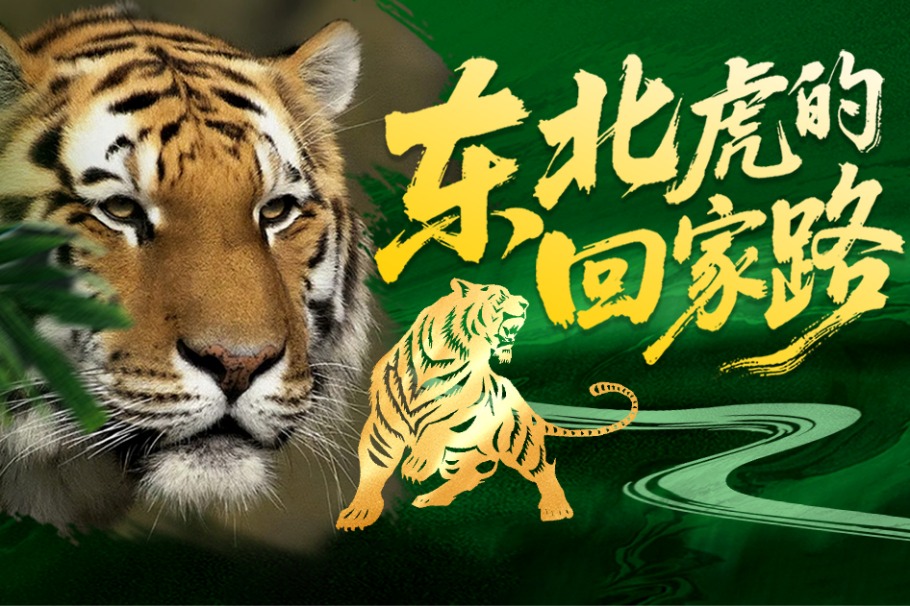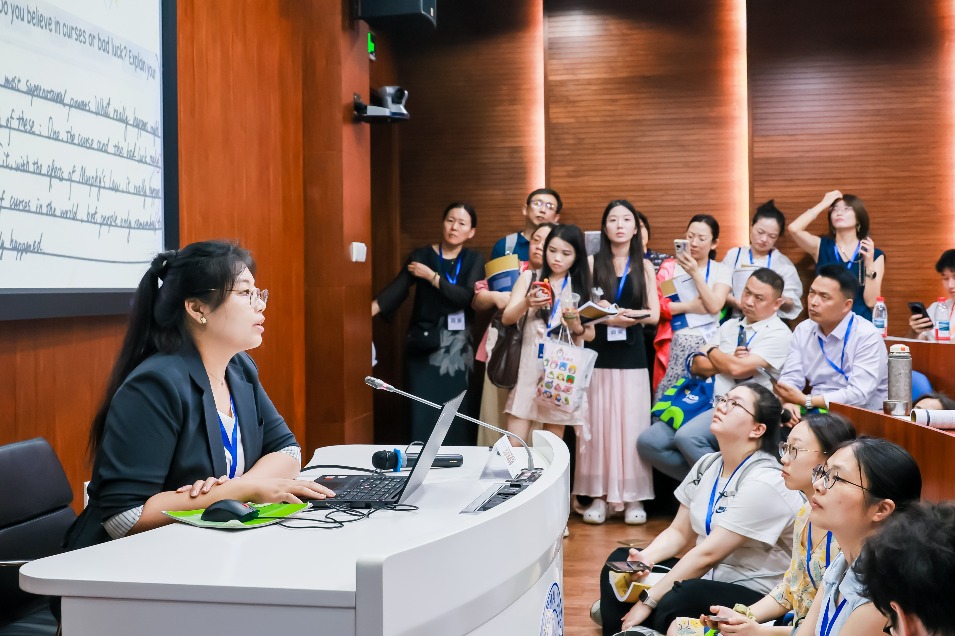Connecting with art
An exhibition on Xu Beihong highlights his role as a cultural ambassador, linking China and Singapore, in a time of strife and conflict, Lin Qi reports.

On Jan 9, 1939, a liner that set out from Hong Kong reached Singapore, and among the passengers was Xu Beihong (1895-1953), a prominent figure of 20th century Chinese art who at the time also saw his reputation rise in the communities of overseas Chinese.
As soon as Xu disembarked from the ship, he received a warm welcome by local Chinese, including Huang Manshi whom Xu referred to as his "second brother", and members of the media. In a brief speech, Xu told them that while staying in Singapore he would do his best to serve his home country which was then subject to war.
For the next three years in Singapore, Xu mainly lived, worked and received guests at a Huang family residence called Jiangxia Hall. Xu made, exhibited and sold artworks to raise funds for Chinese soldiers and refugees in the War of Resistance Against Japanese Aggression (1931-45), and meanwhile gifted his paintings to local friends who offered him support through the proceedings.
From Singapore, Xu visited major Southeastern Asian cities where Chinese immigrants lived, and he continued to contribute to the resistance and relief work in China with his art. During that time, Xu also visited India upon Nobel laureate Rabindranath Tagore's invitation and stayed there for months, exchanging cultural ideas.
Singapore witnessed one of Xu's most productive periods, during which he achieved maturity in integrating the realistic method of Western painting into the poetic atmosphere and philosophic take of classic Chinese painting.
Before his departure for China, Xu received a calligraphy piece from the Chinese community in the Malaysian state of Perak that read, renfeng yuanbo ("man of benevolence spreads his high ideas far away"), hailing his patriotism and efforts to spread Chinese culture overseas.
Renfeng Yuanbo is the name of an ongoing exhibition at Peon Art Museum Chongqing that shows 23 paintings and drawings by Xu from his time in Singapore.
The show, running until Sunday, is being held at Xu's former residence in Chongqing, where he went from Beijing in the 1930s to escape Japanese troops. The house has been renovated into a public art museum named after Xu and to display his works. "Peon" was how Xu spelled his name in French while studying at the National School of Fine Arts in Paris in the 1920s.
It was also from Chongqing that Xu set out on his journey to Singapore. The exhibition is, therefore, also a celebration of Xu's role as a cultural ambassador, connecting the city-state, where he enjoyed a fan base, with his home country.
Xu first visited Singapore in 1919, a transitory stop en route to Paris where he would then attend the fine arts school. In Paris, he met Huang Menggui, Huang Manshi's brother, who introduced Xu to overseas Chinese business figures to make their portraits when Xu encountered financial difficulty. The Huang brothers had been faithful sponsors of Xu's artistic journey and his "first confidants in life" as Xu himself had called them.
The Chongqing exhibition shows the close ties that Xu and the Huang family shared, as well as Xu's devotion to reform Chinese painting. Xu once said: "Of the traditional techniques, one should preserve the outstanding ones, inherit the disappearing ones, change the inadequate ones, and infuse the adaptable Western techniques into one's work."
Xu infused changes in brushwork with his strong sense of social responsibility. He hoped his art would inspire and touch people from varying social ranks for the sake of the future of his native land and its traditions.
Horses, for example, are a recurring and popular subject in Xu's oeuvre in which he imbued the animal with meanings of strength and spirit. His horse paintings sold so well that it is said he painted hundreds of them while in Singapore. "Tens of thousands of horses galloped at the Jiangxia Hall," was a saying from back then.
Xu also depicted eagles and lions-the other common subjects of his work, which symbolized an unremitting spirit in the face of difficulty-in his paintings to motivate Chinese people to stand against Japanese invasion and do whatever they could to support Chinese soldiers and victims of the war.
Some of these animal-themed paintings are on show at the exhibition in Chongqing. Yang Jing, the exhibition's curator and Xu's granddaughter-in-law, says such paintings reflect Xu's love of his country and people, his hard work, as well as his loneliness at times when living abroad and worrying about his family and friends back home.
"All his life, Xu was industrious and endeavoring, and he blazed a trail of change in practice and theory (in Chinese art)," Yang says, adding that his artworks have helped to culturally connect Chongqing and Singapore.




Today's Top News
- China and US agree to extend tariff rates after two-day talks in Stockholm
- US, China trade talks candid, in-depth, constructive, says China intl trade representative
- China unveils delegation for Chengdu World Games
- Xi urges youths to champion vision of peace
- All-out relief efforts underway in flood-hit regions
- Crucial to foster stable China-ROK ties






























